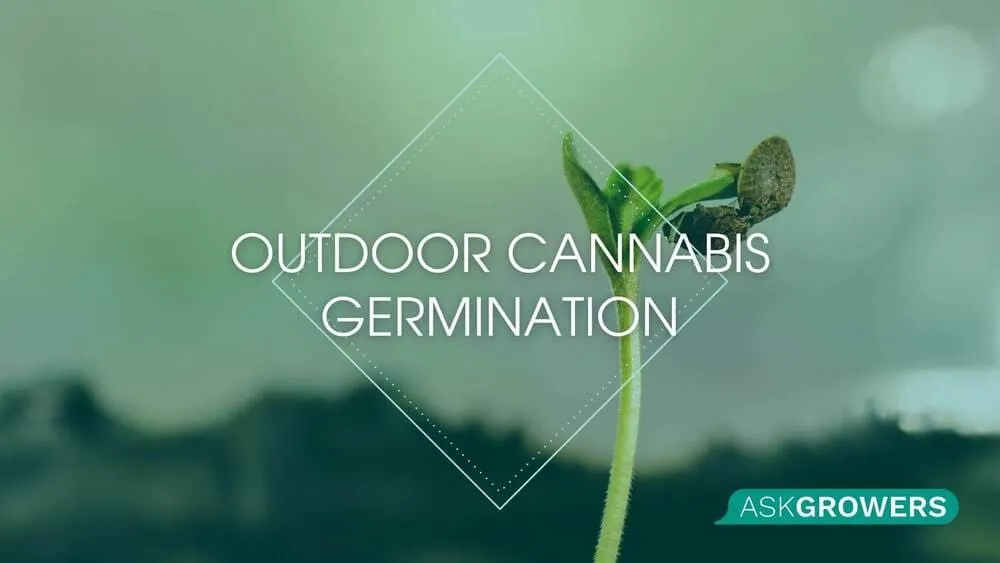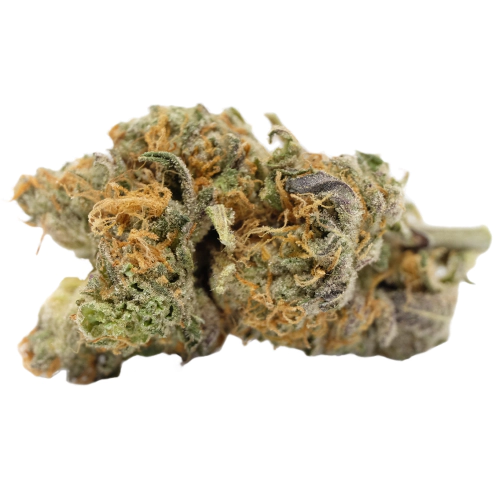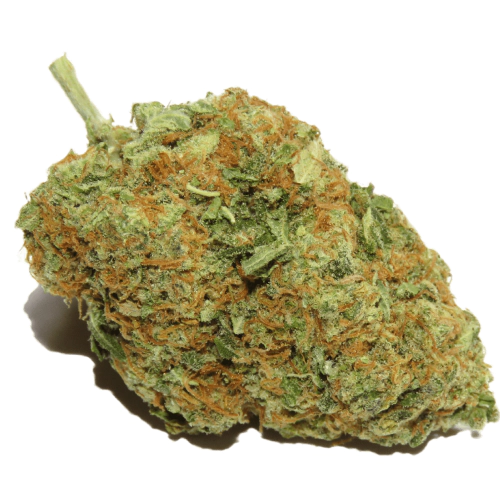If you think about outdoor germination, marijuana is not that tolerant to weather, light, and humidity fluctuations of outdoor locations and can give you a low ratio of germinated seeds. Thus, it’s better to organize the process as follows: prepare for the planting in advance and germinate the seeds indoors, in controlled conditions. As soon as the weather in your location gets warm enough, you can transplant the germinated seeds into the soil, thus ensuring that they have higher chances of survival.
Definition of Germination
Before germinating marajuana seeds, you need to understand the basics of this process. Germination is the process of seed activation during the initial stage of growth. Seeds of plants can be stored for years in dark, cold places without access to water and nutrients. But once they are exposed to the favorable conditions, their power wakes up, and the seed’s cover is broken with a growing taproot that gives life to a new plant.
The exact process may be completed with your cannabis seeds. Though it is longer and more tedious than growing weed from clones, you have higher chances to grow healthy, vigorous plants and get a rich yield by using the seed germination process.
Seed Quality
The fundamental precondition for the successful growing of weed from seeds is high-quality seed selection. Obviously, you can’t know for sure what will grow from your seeds as you can’t open the cover and look inside. Still, some quality signs can hint at the expected quality of the harvest:
- Mature seeds should be of dark color and should possess a tiny wax coating suggesting the integrity of their cover.
- The bigger your seeds are, the better. Large seeds are maturer than smaller ones and can maximize your chances for a good yield.
- Seeds should have straight tiger-like stripes on them.
- A healthy seed should stand a bit of pressure, not dissolving in your hands as soon as you press it with two fingers.
How to Germinate Marijuana Seeds?
Now let’s proceed to the indoor germination methods you have at your disposal. There are numerous variants to consider, and each of them comes with its pros and cons.
Germination in Soil
Soil is an ideal natural medium for seeds’ germination, but arranging the initial germination indoors is essential to avoid killing fragile seedlings with abrupt temperature fluctuations. One way to go is to put the seeds directly into the soil, approximately ½ inch deep into it.
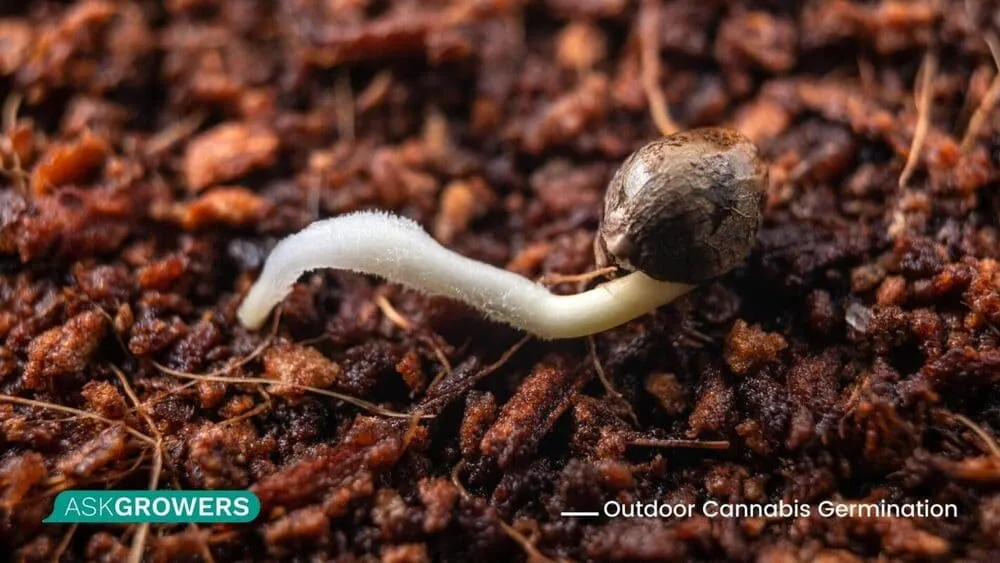
Put a bit of soil to cover the seed, water it efficiently, and put it into a warm place without the direct effect of daylight. It’s recommended to use special potting soil for such planting as it already contains all the needed nutrients and a balanced pH.
Germination in Peat Pallets
Peat pallets have been specifically created for hassle-free seed germination. They represent pressed peat moss rich in nutrients and microelements conducive to germination and seedling growth. The most convenient about their use is the ability to put your seedlings in the soil outdoors, right in the pallets. However, pallets won’t fit your needs if you’re planning a hydroponic system for weed growing.
Germination in a Paper Towel
One of the popular methods used by many growers is to germinate seeds in paper towels. It’s an ideal controlled environment ensuring the proper humidity, darkness, and temperature for seed germination. Here’s the procedure:
- Moisten a paper towel and place several seeds, properly distanced from one another, on the moist surface.
- Put another moist paper towel to cover all seeds.
- Place the towel with seeds into a zip bag and close it.
Such an arrangement creates ideal moisture, temperature, and moderate lighting conditions to activate the seeds and help the seedlings spring from them. The process typically takes around a week.
Best weed seeds for growing outdoors
Conditions for Healthy Germination
There is no best way to germinate cannabis seeds, as each grower chooses their own method. However, regardless of the technical approach you adopt, you need to focus on creating the proper environment for your seeds’ activation.
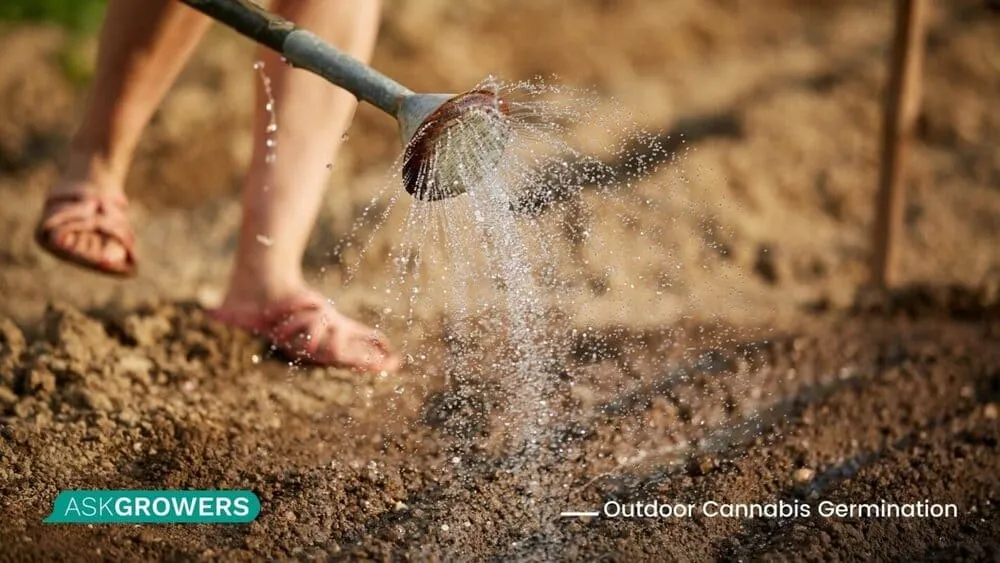
- Weed seeds like water, so you need to keep the humidity level high during the whole germination period, watering your seeds and sprinkling water above them. You can also use a plastic bag cover over the pot with seeds for the germination period, removing it once the seedling gets out of the soil.
- The seeds like warmth and cannot withstand abrupt temperature fluctuations. Thus, you will need to find a place where they will feel consistently warm but not overheated. The best option is to use a T5 fluorescent lamp that provides the needed light and keeps the seeds warm. Another option is a heating pad that can warm the seeds underneath, but it should be removed once the springs emerge. At this stage, they will need warmth and daylight coming from above, not beneath.
Conclusion
Now you know how to germinate weed seeds and can easily perform the task. Don’t forget to take the seasonality of your location into account and plant the seedlings into the soil outdoors only after favorable weather conditions are established.
How long to germinate pot seeds?
The first signs of germination emerge in 2-7 days. You'll see clearly which seed germinated and which did not in 1-2 weeks.
How to transfer the germinated weed seed outdoors?
The process of seedling transplantation is delicate and tedious. You need to expose your springs to daylight and outdoor conditions for short periods for about a week, extending those periods and watching how your sprouts react. Avoid direct sunlight to avoid sunburns. Once you see that the seedlings have been accommodated, it's time to plant them outdoors.
